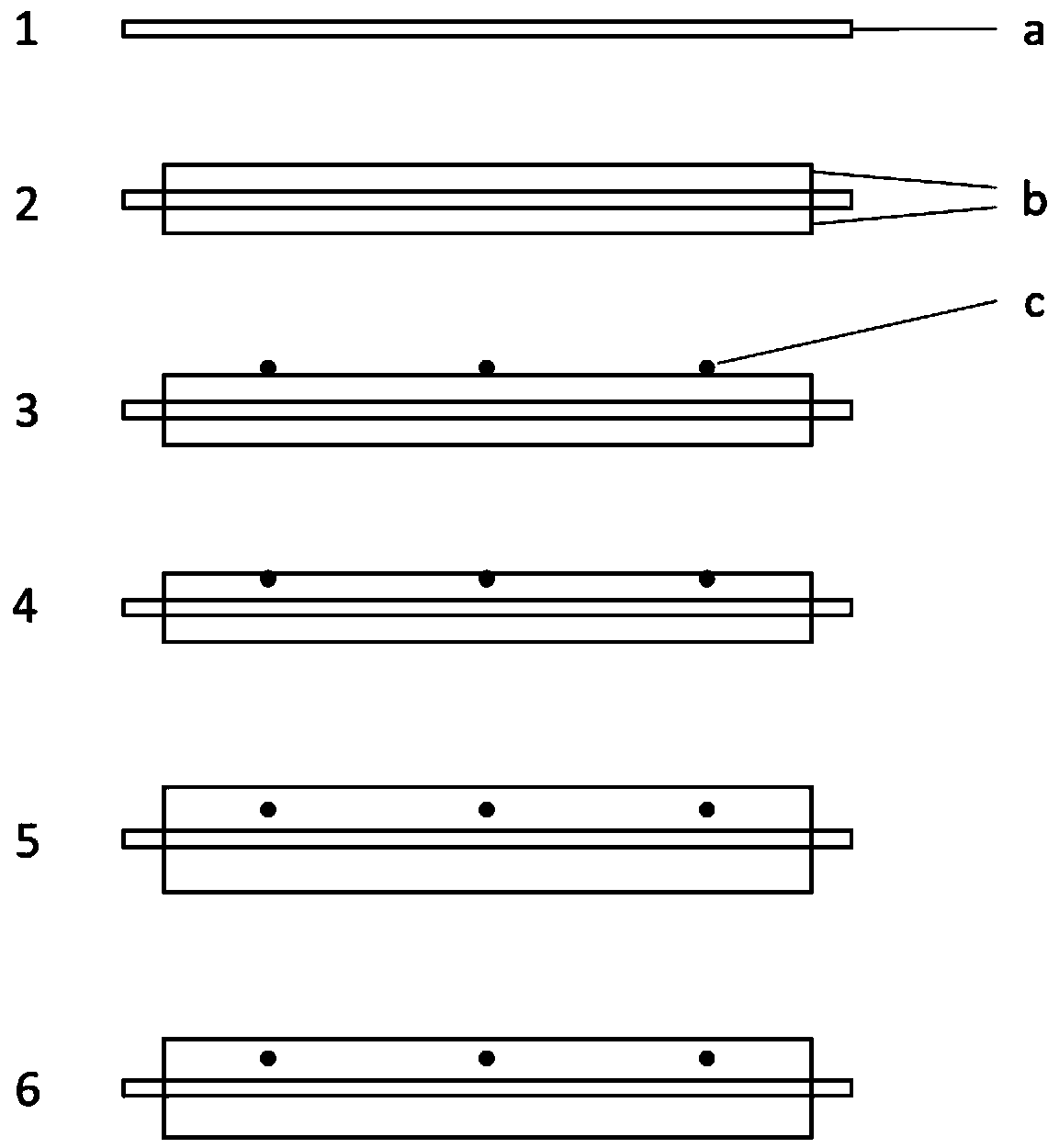Rapid testing technology for internal deformation field of lithium ion battery structure
A lithium-ion battery, fast technology, used in the use of wave/particle radiation, material analysis using wave/particle radiation, measurement devices, etc. problem, to achieve the effect of reducing radiation damage, shortening exposure time and total imaging time, shortening exposure time and total imaging time
- Summary
- Abstract
- Description
- Claims
- Application Information
AI Technical Summary
Problems solved by technology
Method used
Image
Examples
Embodiment 1
[0024] see figure 1 , the present invention provides a technical solution: a fast CT imaging internal deformation measurement method based on the construction method of lithium-ion battery internal voxel features, including the following technical solutions: (1-2) on both sides of the positive and negative current collector a Coating slurry b prepared by mixing active materials, binders and conductive agents; (3) preparing 15-20 micron-sized internal marking points c containing tungsten elements, and the positive and negative electrodes after one coating Add the internal marking point c on the surface of the electrode sheet; certainly, those skilled in the art know that the material of the internal marking point c is not limited to tungsten, as long as its absorption coefficient to X-rays is greater than that of copper to X-rays; it is preferably much greater than that of copper to X-rays. The material of the X-ray absorption coefficient; (4) after baking the positive and nega...
PUM
 Login to View More
Login to View More Abstract
Description
Claims
Application Information
 Login to View More
Login to View More - R&D
- Intellectual Property
- Life Sciences
- Materials
- Tech Scout
- Unparalleled Data Quality
- Higher Quality Content
- 60% Fewer Hallucinations
Browse by: Latest US Patents, China's latest patents, Technical Efficacy Thesaurus, Application Domain, Technology Topic, Popular Technical Reports.
© 2025 PatSnap. All rights reserved.Legal|Privacy policy|Modern Slavery Act Transparency Statement|Sitemap|About US| Contact US: help@patsnap.com

